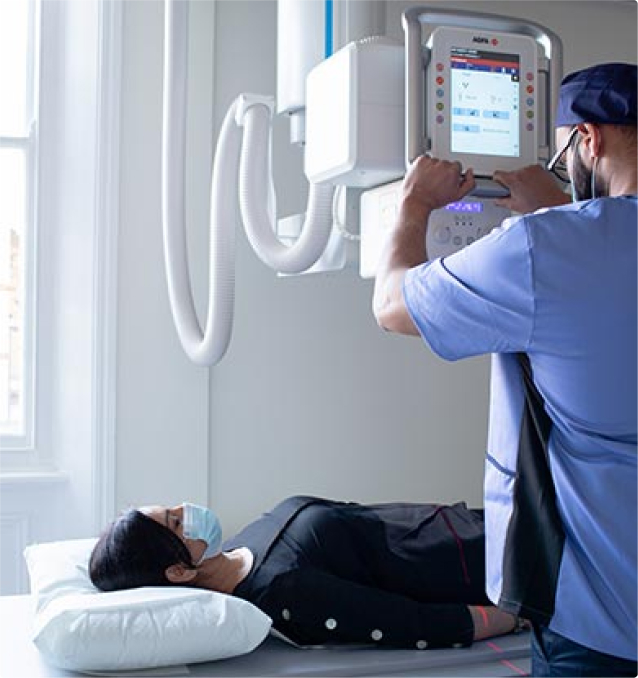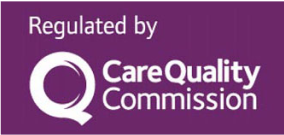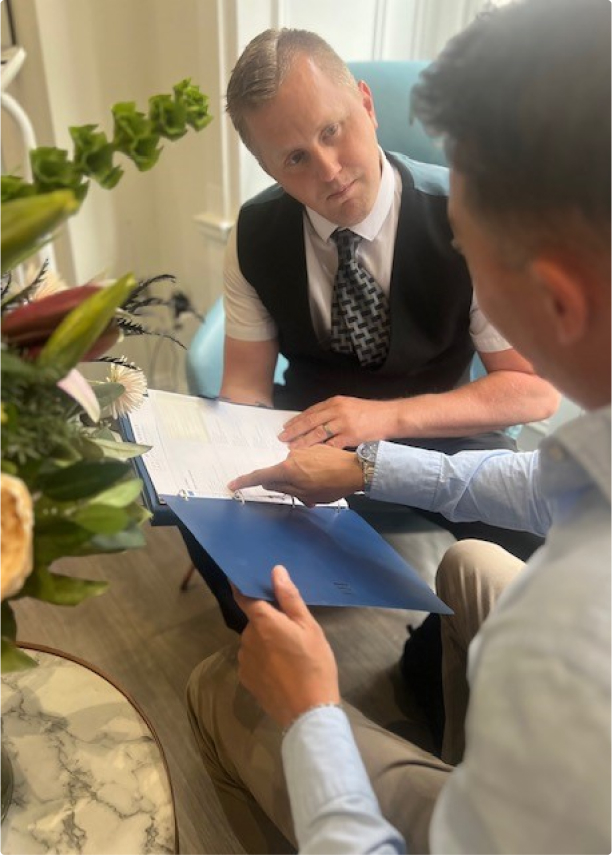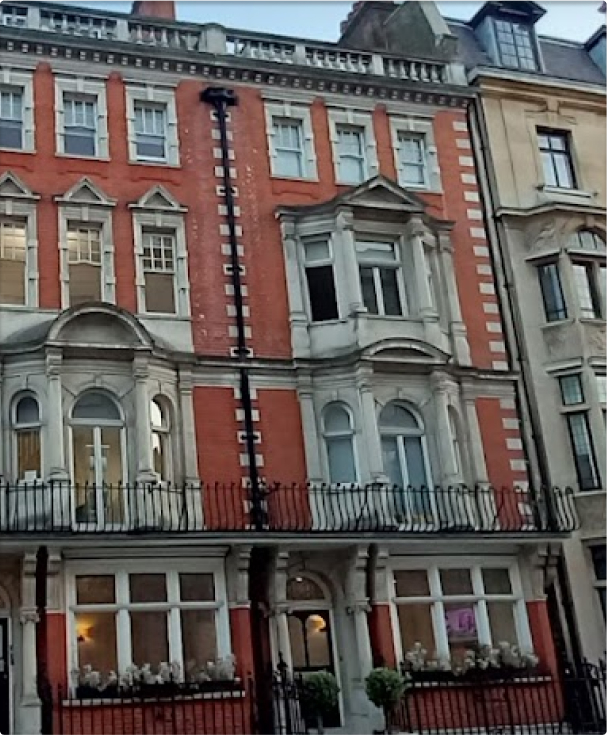Award winning Specialist
Radiofrequency Ablation (RFA) London

Radiofrequency ablation (also known as RFA or radiofrequency nerve ablation) is a procedure that destroys nerve tissue to stop the nerves from sending pain signals to the brain. Often used to treat long-term nerve, back and spine conditions, radiofrequency ablation is a minimally invasive back and spine treatment that can offer long-lasting pain relief. Find out more about radiofrequency ablation at Harley Street Specialist Hospital below.































